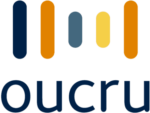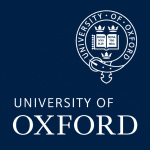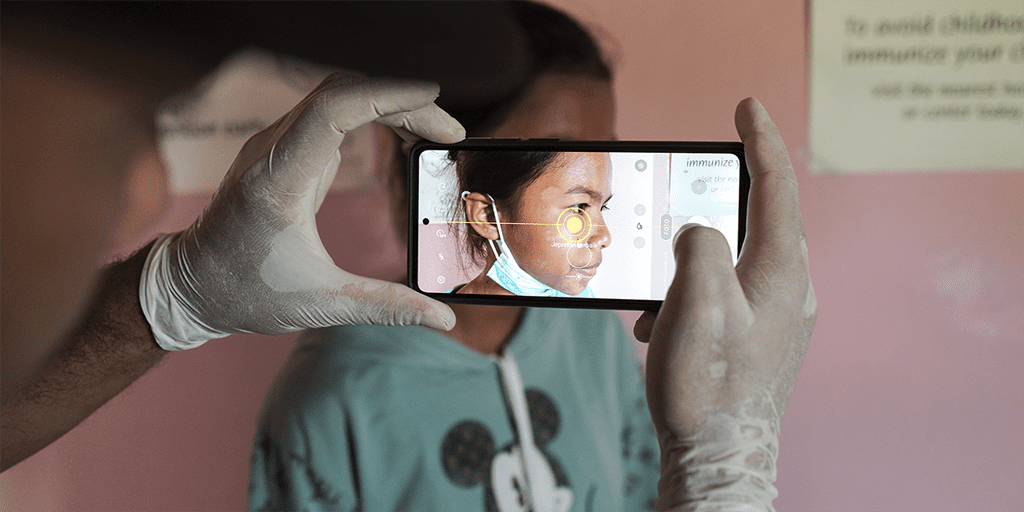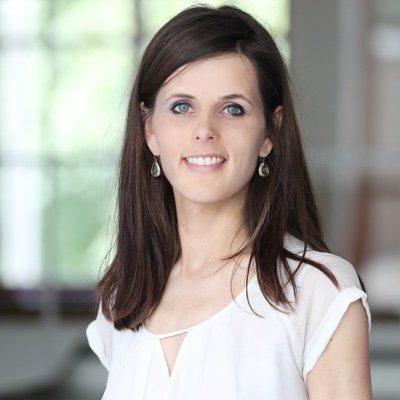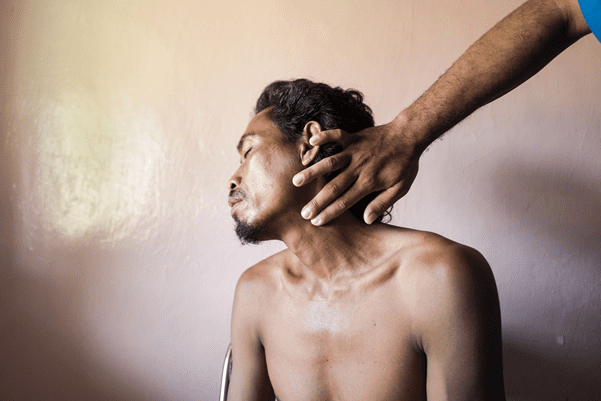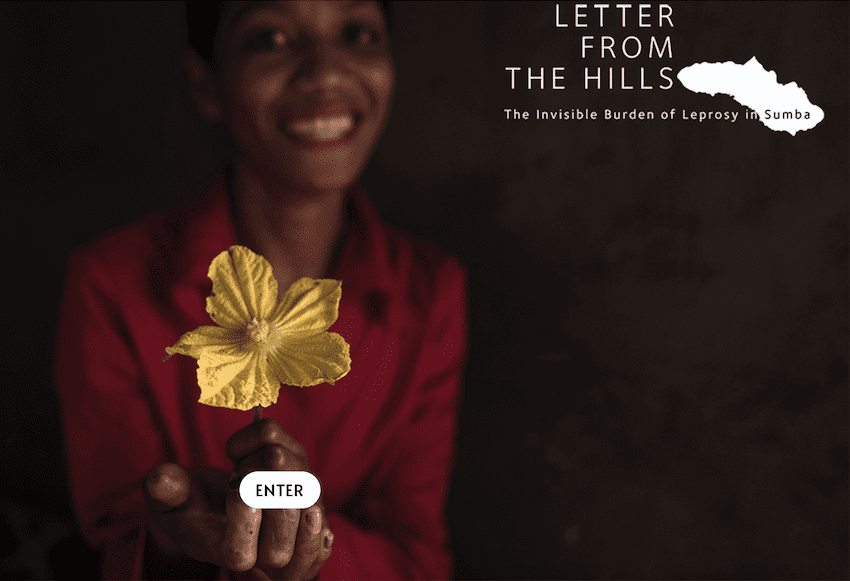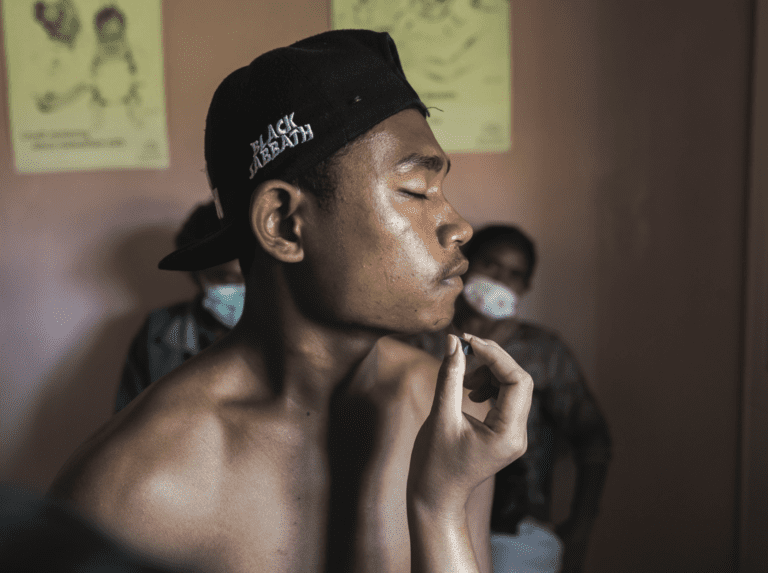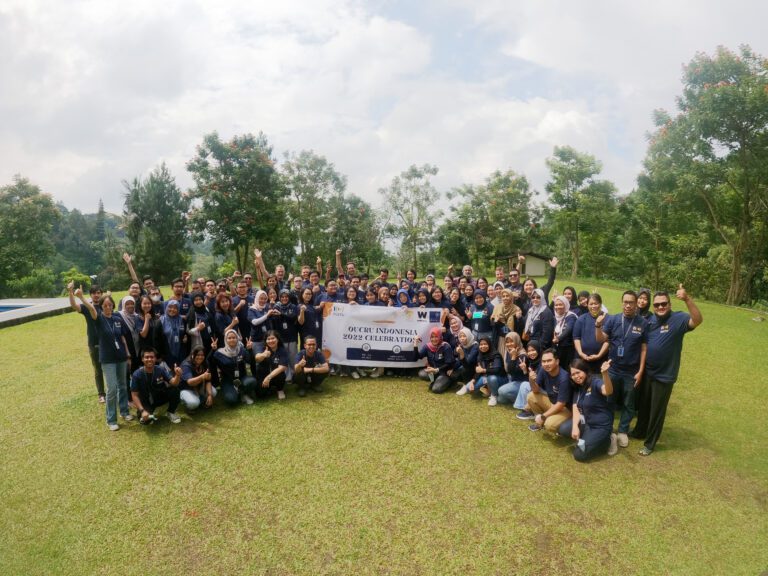Detailed in a new study by Dr Marlous Grijsen and colleagues in the American Journal of Tropical Medicine and Hygiene, this initiative has improved access to quality skin care for the underserved populations of Sumba, a remote island in Eastern Indonesia. By connecting local healthcare workers with experienced dermatologists via an online platform, the program not only enhances care delivery but also empowers frontline workers with invaluable dermatological expertise.
Bridging the Gap in Dermatological Care
The study focuses on the establishment of a low-cost teledermatology service in Sumba, a remote island in Eastern Indonesia. Despite the high prevalence of skin diseases, specialised care in such remote areas has been traditionally scarce. This innovative project, spearheaded by a collaborative effort between Gadjah Mada University, the Sumba Foundation, and OUCRU Indonesia, aimed to bridge the gap in dermatological care, leveraging technology to deliver expert advice rapidly and effectively.
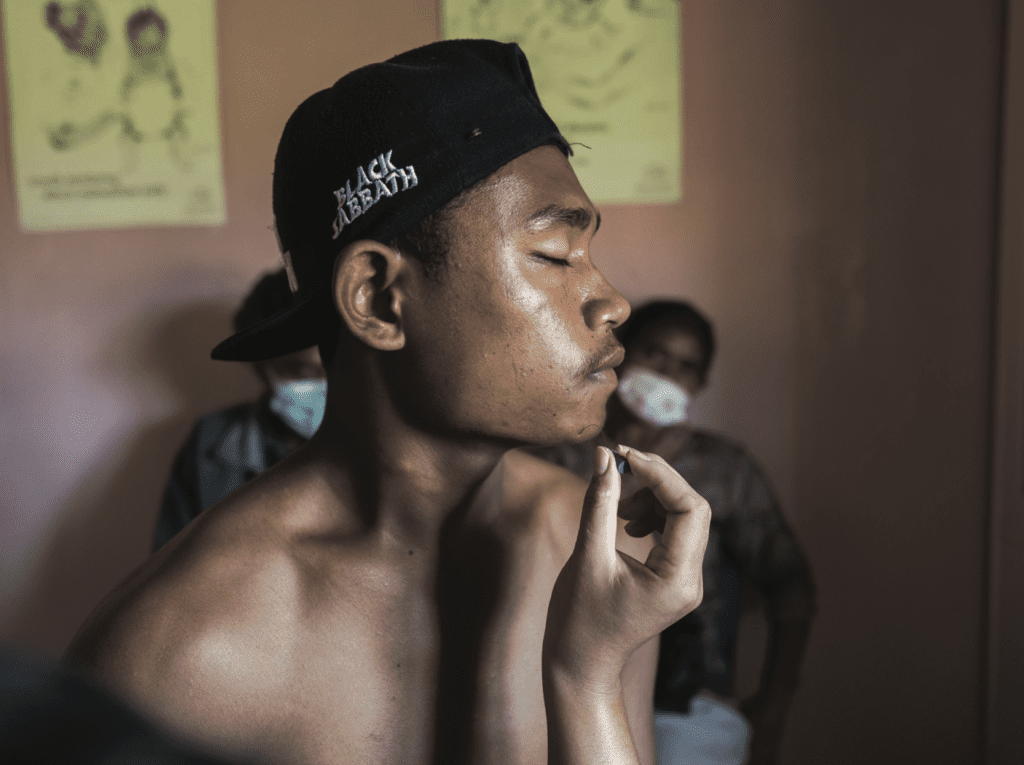
Study Highlights
Over 24 months (October 2020 – October 2022), the service reviewed 307 cases of patients with skin complaints. The majority of these cases were infections, infestations, and eczematous conditions, including neglected tropical skin diseases like leprosy and scabies. A remarkable improvement in diagnostic agreement levels between local healthcare workers (HCWs) and dermatologists was observed, escalating from 46.9% to 77.2% over the project’s duration. This enhancement in diagnostic precision is a testament to the project’s success in knowledge transfer and skill development among frontline HCWs.
The teledermatology service has made a significant impact on the local community, providing diagnoses and expert advice within a median time of 50 minutes, with the vast majority of consultations occurring within 24 hours. The HCWs involved in the project have unanimously found the service to be beneficial, noting improvements in their ability to manage skin diseases.
Reflecting on the impact of the initiative, Dr Marlous Grijsen remarked: “What we’ve seen in Sumba goes beyond providing a service; it’s about nurturing a sustainable ecosystem of care. This teledermatology project has not only improved patient outcomes but also enhanced the confidence and skills of local healthcare providers when treating skin diseases. It’s a vivid illustration of how technology can be harnessed to elevate healthcare in the most remote and resource-limited settings.”
This publication sets the stage for potential scalability and further implementation in similarly underserved areas, enhancing healthcare access and quality in regions where it is most needed.
For full access to the study and to learn more about the project, please visit The American Journal of Tropical Medicine and Hygiene.
Funding for the project was provided by DermLink Grants – ILDS.
